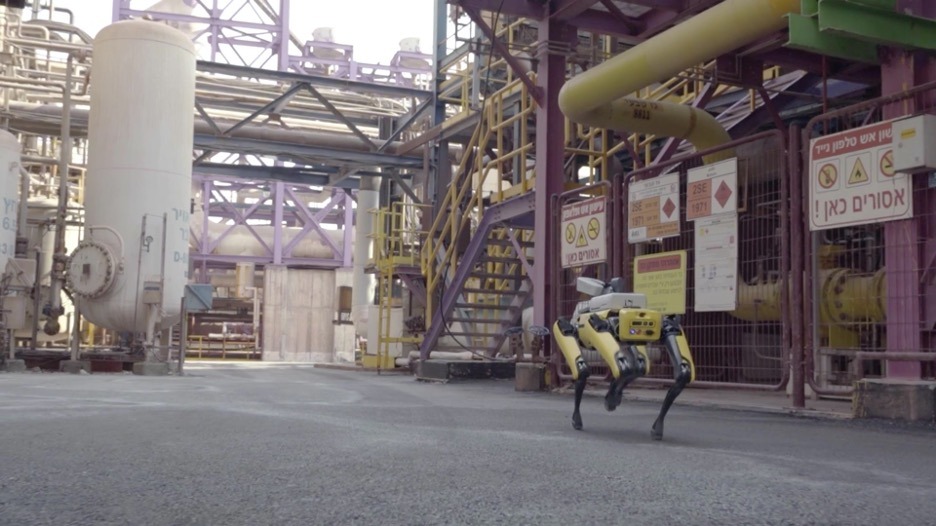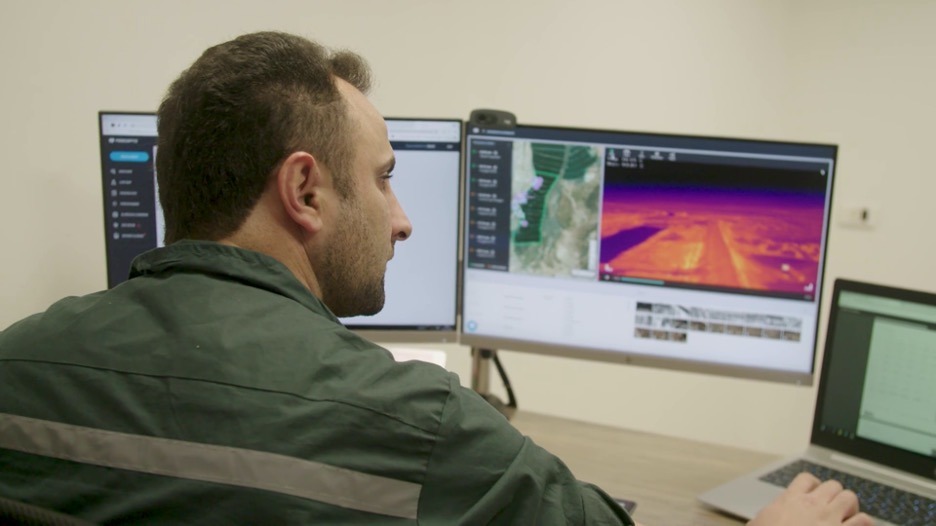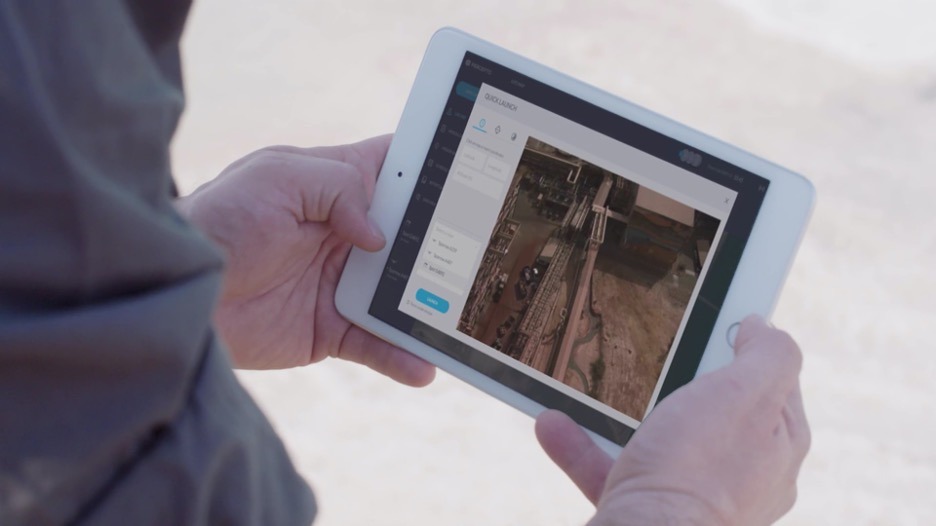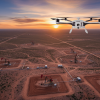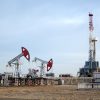Industrial sites, along with most industries, have taken the plunge into digitalization in 2020, with many turning to automation (often using robots) to enable business continuity. With a small light at the end of the tunnel appearing in the form of vaccines, many are left with questions such as, will this automation trend continue? The short answer is definitely yes. The massive changes industrial site inspections have seen in 2020 are only getting started. We work closely with our clients around the world, including leading Fortune 500 companies, in their planning to increase automation across the board. Industrial facilities in oil & gas, mining, utilities and more are constantly looking for new ways to improve their inspection processes, while implementing proven solutions across more of their facilities. So as you plan for 2021 at your industrial site, we want to share our experience and knowledge so you know exactly what trends will continue on. We’d like to share with you the top five major trends that we believe will be shaping industrial site inspections and monitoring into the new year. Overall, these trends relate to continued adoption of technology, specifically automation – which has been proven to boost productivity and help sites more effectively navigate unplanned events. Here’s what we foresee in 2021:
1. Automating inspections with on-site robots
The pandemic exposed the vulnerability of companies that rely heavily on on-site human resources. In response, companies such as Israel Chemicals Ltd. (ICL) Dead Sea began automating critical inspections more than ever in 2020, relying on robots to address this vulnerability. While for some, digitalization was a forced response to the pandemic, once in place, it was clear to see the benefits in terms of business continuity, efficiency and safety.
So what does 2021 have in store and how will this tech look differently than it did in 2020? We expect to see even more solutions enabling automated inspections emerge on the market, with many companies turning to robotics to automate inspections at their facilities. We expect that companies that deployed a few robots or drones at select sites in 2020 will significantly ramp up in 2021. We expect to see companies embracing fleets of robots and multiple autonomous solutions, just like Delek US is doing. Of course, this means that tech companies will strive to accommodate these needs, delivering solutions that are more comprehensive and holistic.
2. Remote operations: a tipping point
In 2021, we expect to see more and more companies planning long term projects to build remote operations centers and start integrating robots and sensors into their daily workflows. While 2020 saw many companies turn to remote operations, again to compensate for pandemic operations, as an industry we really only scratched the surface. A small handful of companies like Rio Tinto, Australian mining giant, have truly embraced remote operations, working for years to build large scale remote operations centers automating site management, monitoring, supply chain and more.
We expect to see more companies beginning to build up their remote operations capabilities, understanding the compelling value and safety that remote ops has to offer. The ability to remotely monitor and control inspections in distant locations, and to do so for multiple sites from one control center with autonomous robotics, has direct impact on both top and bottom lines. From increasing safety and awareness through more environmentally friendly operations, and including faster disaster recovery – remote operations impacts both profitability and productivity.
3. More (autonomous) drones accompanied by breakthrough regulatory shifts
Drones have been a vital inspection tool for a few years now, and many industrial facilities rely on drones to perform risky or complex inspections. Autonomous drones take this a step further, allowing even safer, higher frequency inspections. However, some autonomous operations require special regulatory approvals to guarantee safety, and approval processes are known to be timely. In 2020, we saw the beginnings of a massive, industry-wide regulatory shift towards more structured and streamlined approvals for autonomous drones at industrial sites. Across the industry, numerous regulatory approvals and beyond visual line of sight (BVLOS) waivers were granted to operate autonomously during 2020. Percepto led the way with first of their kind BVLOS waivers for emergency response at Verizon and Florida Power and Light (FPL). These approvals for complex operations such as BVLOS, remote operations and flight over people increase the ROI (think no pilots on the ground, remote operations, etc.) and scalability of drone use for many industrial facilities.
Furthermore, regulators like the FAA are shifting towards type certification of drones – a significant and dramatic change to the regulation space. With type certification, a reliable drone solution can undergo a series of thorough testing to prove to regulatory bodies that it can operate safely in specific, complex situations. This is a huge shift for the FAA, moving from approving operations on a case by case basis to a more holistic approach to approvals, ultimately translating to more autonomous drone operations at a larger scale. (Percepto is proud to be one of the first companies currently undergoing such testing in the FAA’s type certificate process.)
In parallel to the increased regulatory approvals for autonomous drones expected in 2021, we also expect to see even more Drone-in-a-Box (DIB) players continue to emerge. These two trends – regulation shifts and emerging new players – are not unconnected. According to Frost & Sullivan, “The DIB solutions market is still in a relatively nascent stage of development but has shown a higher growth potential as regulatory agencies race to keep up with the pace of technological change and drone end users discover best practices to optimize aerial intelligence for decision-making in a wide range of industries.” As in any industry, new players not only signal market maturity, but also stiffer competition which gives way to more innovation.
With easing regulatory approvals boosting the ROI on drone operations, and technology maturing and advancing at a rapid pace – if you haven’t invested in autonomous drones at your industrial site thus far, now is the time to do so.
4. Higher frequency inspections
2021 and beyond will see a true revolution in the frequency and quality of industrial inspection and monitoring. Heavy industrial companies have always relied on inspection and monitoring to guarantee business continuity, minimize risk and eliminate unnecessary downtime. But traditional methods relied mainly on manual and resource-intensive inspection regimes – leaving crucial equipment and infrastructure monitored only occasionally. What’s more, traditional inspection and monitoring lack consistency, objectivity, and the ability to identify data-driven trends over time.
The key to optimizing inspections and monitoring is higher-frequency inspection enabled via autonomous robotics. It allows industrial site stakeholders to move from quarterly or even yearly inspections to weekly or even daily inspections – leaving nothing to chance. Correlating data from higher-frequency inspections leads to true data-driven decisions, and with laxing regulation allowing for more autonomous drone flight, and increasing autonomous robotics players on the market, daily inspections by autonomous robots are no longer a futuristic concept.
We expect to see more fully-automated facility monitoring in 2021, with daily inspections by autonomous robots quickly moving towards becoming the new industry best practice.
5. Visual data democratization
Data democratization first arrived in the IT world a few years ago, and in 2021 is coming to the visual data world. Visual data democratization is the ability for visual data to be accessible to the average end user. Currently, visual data is owned by the few people directly involved in collecting and analyzing the data. One the most acute bottlenecks in data-driven analysis and industrial site management today is the access to both visual data and the insights derived from it. Data democratization aims to change that, allowing any non-specialist end user to easily request visual data and receive insights.
Our takeaway here is this: there is a paradigm shift in inspection automation placing the focus on the user, and you should look for a solution that empowers your employees to do their job well. Solutions are addressing issues directly relevant to the end user such as what does the user need and what’s the easiest way to understand the insights and trends gleaned.
The bottom line
Between autonomous robots, remote operations and data democratization, industrial inspections are undergoing massive changes. These changes not only impact facilities’ bottom line, but also employee safety, environmental impact, and emergency response. Facilities relying on outdated methods of inspection will be left behind in 2021, especially if the fast paced changes we saw in 2020 are any hint for what’s to come this year.


